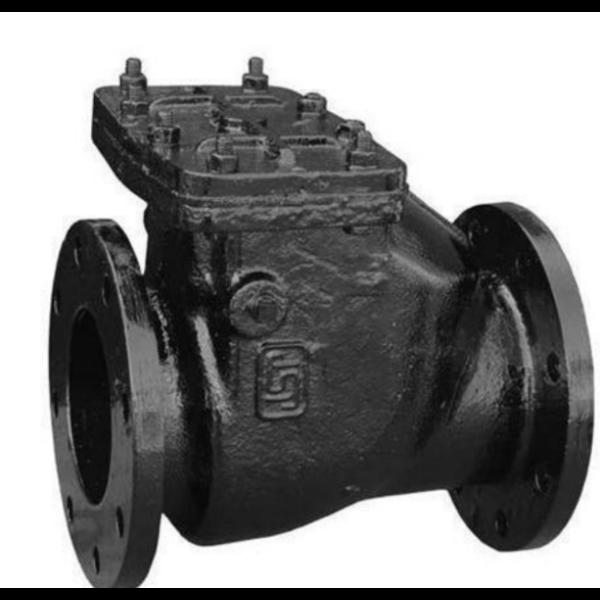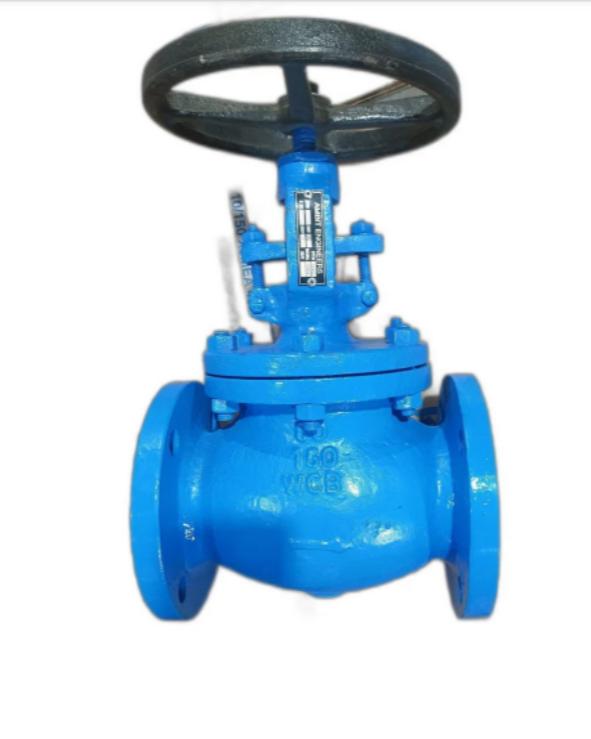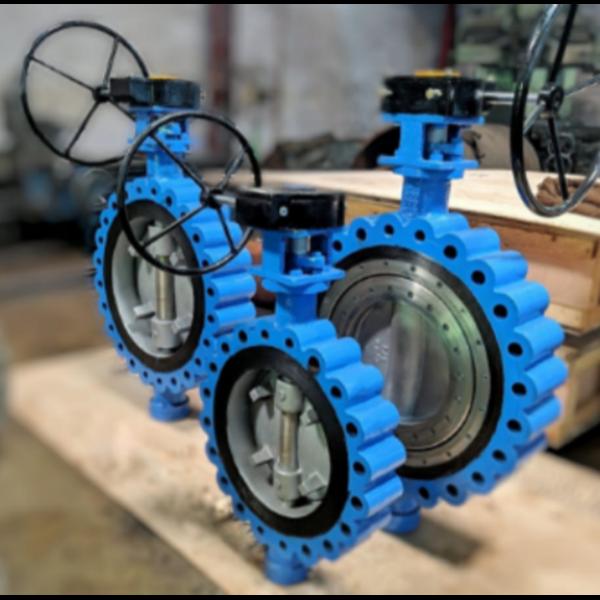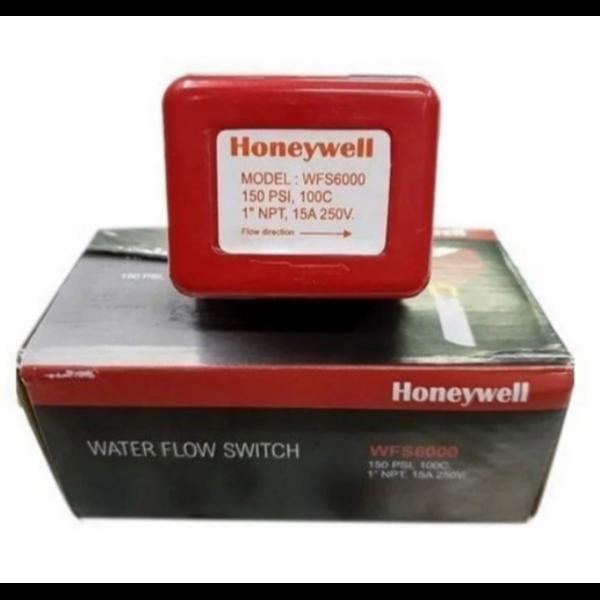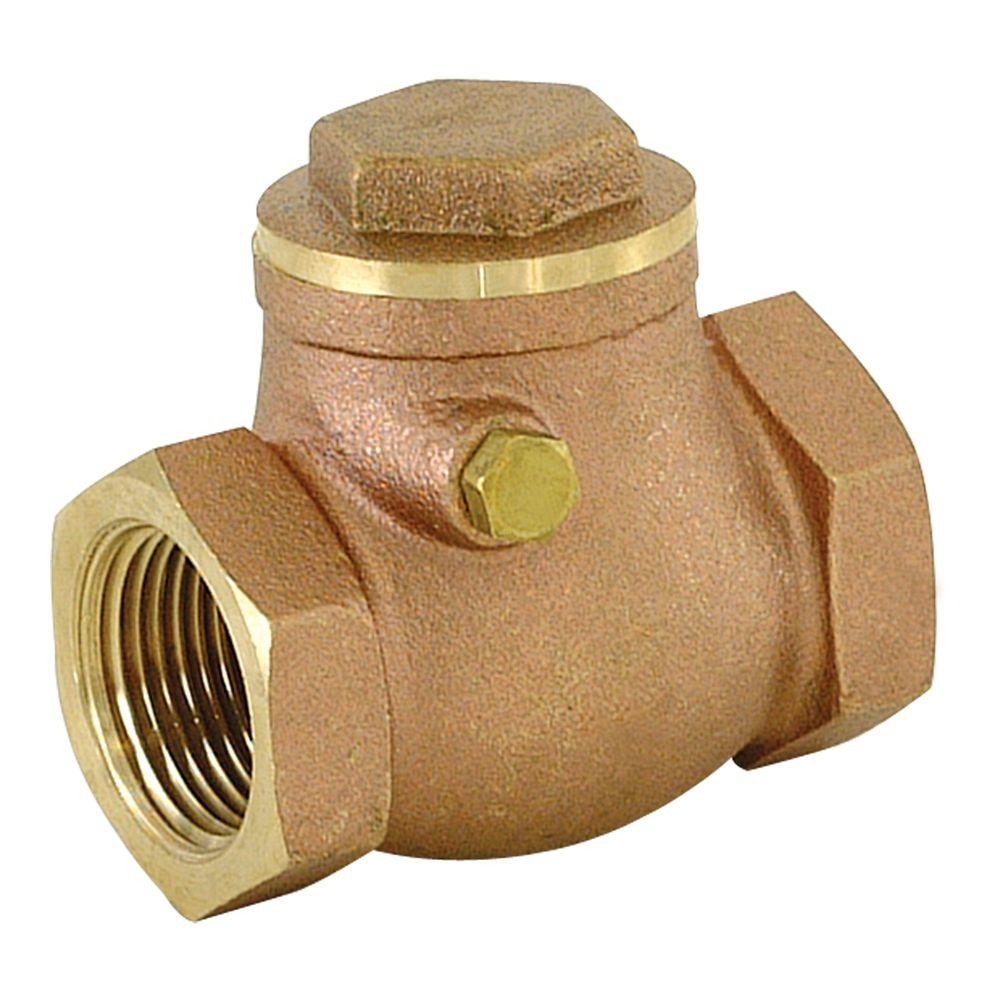
Brass foot valves are a type of check valve commonly installed at the bottom of a pump suction line, particularly for applications involving water extraction from sources like wells, ponds, and pools. Their primary function is to maintain the pump's prime by allowing liquid to flow in one direction (into the pump) while preventing it from flowing back out when the pump is off. This action is crucial for several reasons:
Prevents pump dry runs: If the pump loses prime and is restarted while the pipe is empty, it can lead to dry runs, which can damage the pump.
Ensures efficient operation: Maintaining the prime ensures the pump can restart quickly and efficiently, without the need for manual repriming.
Reduces energy wastage: A constantly primed pump avoids the energy expenditure associated with re-establishing the water column each time the pump starts.
Key features of brass foot valves
Material: Brass, an alloy of copper and zinc, is a popular choice for foot valves due to its combination of durability, corrosion resistance, and strength. However, it is crucial to select lead-free brass for potable water applications to avoid potential lead contamination.
One-way flow: Like all check valves, brass foot valves only allow fluid to flow in one direction, preventing backflow due to gravity when the pump is off.
Integral Strainer: Most foot valves include a strainer (also known as a filter or screen) at the inlet to prevent debris and sediments from entering the pipe and potentially damaging the pump or clogging the valve.
Easy installation: Most brass foot valves are designed with threaded connections (male or female) for easy installation, making them compatible with various piping systems.
Applications
Brass foot valves are widely used in a variety of applications where a pump draws water from a lower source, including:
Water Supply Systems: Wells, boreholes, and reservoirs.
Agricultural Irrigation: Maintaining pump prime for consistent water delivery to crops.
Industrial Processes: Transferring various liquids, such as oils, chemicals, and fuels.
Marine and Nautical Systems: Bilge pumps and seawater intake systems.
Residential Use: Ponds, pools, and other areas where pumps are utilized.
Maintenance
While brass foot valves are generally durable, regular maintenance is important, especially cleaning the strainer to prevent clogging from debris and sediments, ensuring optimal performance and extending the valve's lifespan. Regular inspection for signs of corrosion is also advised.
Choosing the right brass foot valve
When selecting a brass foot valve, consider the specific application requirements, including factors such as pressure, temperature, fluid compatibility, and budget. While brass offers excellent corrosion resistance and durability, it's essential to ensure the valve is lead-free if used in potable water systems. For extremely high pressure or harsh chemical environments, other materials like stainless steel might be more suitable, despite their higher cost.
AI responses may include mistakes. Learn more
Best Quality
Best Rate
NAMOKAR ENTERPRISES
+91-8595364435

